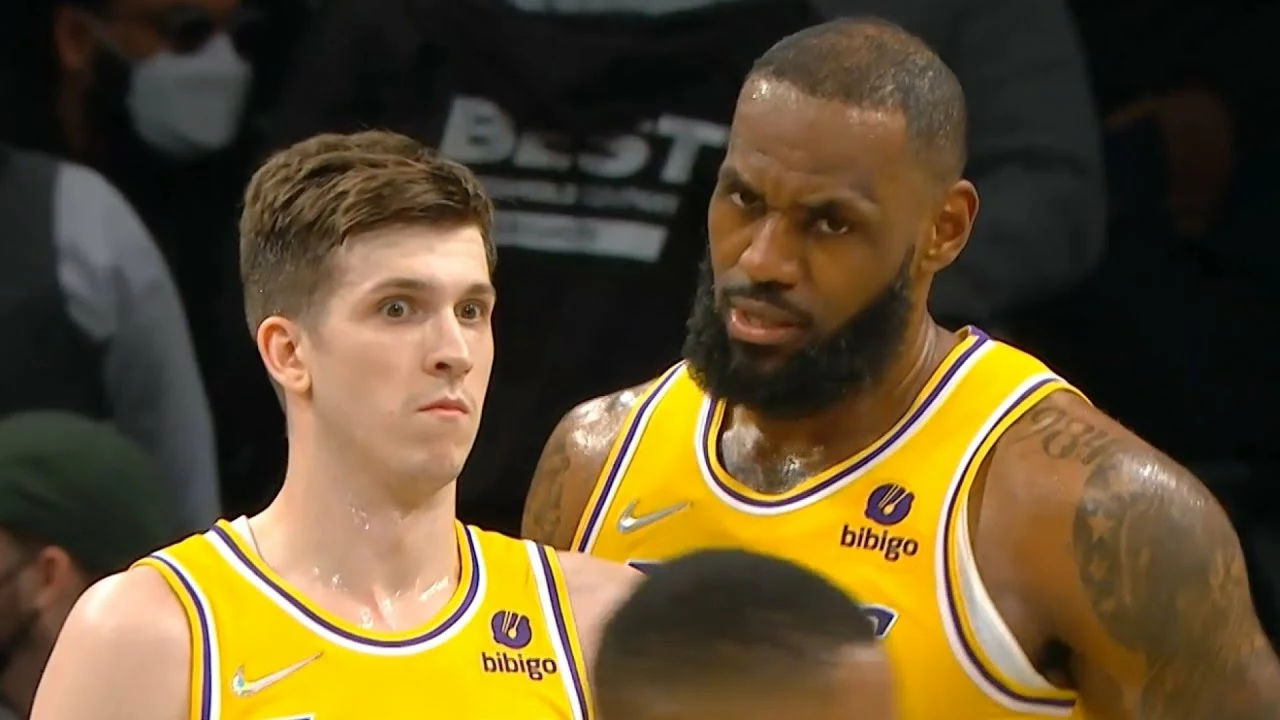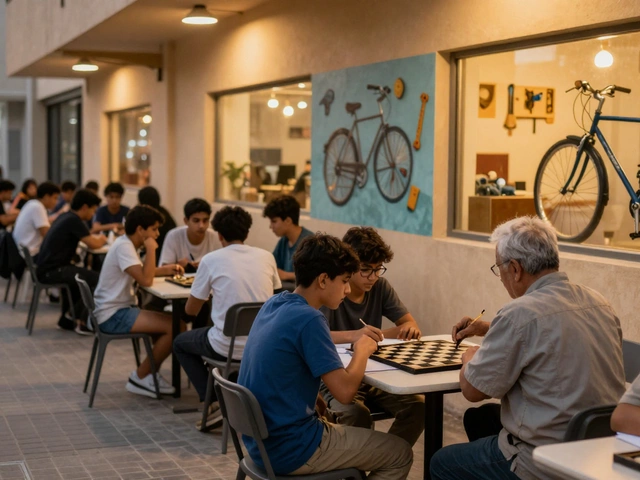Comparing Trae Young and LeBron James is a tough call and really depends on personal preferences. LeBron's experience, versatility and accolades certainly set him apart. However, Young's shooting ability and rapid development make him a rising star in the NBA. Ultimately, while Trae Young is an exceptional player, LeBron's overall impact and proven track record still give him the edge. However, it's crucial to remember that Trae Young's career is still in early stages, and his future potential is massive.
Basketball Comparison: What Matters When Picking Levels, Positions, and Gear
Thinking about jumping into basketball but not sure where to start? Do you wonder if the NBA style suits you more than college play, or which court feels right for your game? This guide breaks down the biggest differences in a clear, down‑to‑earth way so you can make a smart decision without the jargon.
Levels of Play – NBA, College & International
The NBA is the top‑tier professional league. Games are 48 minutes long, split into four 12‑minute quarters, and the shot clock runs for 24 seconds. Teams have 15‑man rosters, and the pace is faster because players are generally taller, stronger and more experienced. If you love high‑scoring fast breaks and want to see the very best athletes, the NBA is the benchmark.
College basketball, especially in the United States, follows a slightly different structure. The game lasts 40 minutes divided into two 20‑minute halves, and the shot clock is 30 seconds. Roster sizes are larger, but the talent pool is younger and still developing. College teams often focus more on team defense and set plays, which can be a great learning ground for fundamentals.
International play, like FIBA tournaments, mixes elements from both. Games are 40 minutes with four 10‑minute quarters, and the three‑point line is a bit farther out than in the NBA. Rules about go‑fouls and time‑outs differ, giving you a fresh tactical twist. Playing internationally can expose you to varied styles and improve your adaptability.
Gear & Court Differences
When it comes to shoes, the NBA stresses ankle support and cushioning for high‑impact jumps. Look for models with responsive midsoles and solid traction on polished hardwood. College players often use the same shoes but may prioritize durability over the latest tech because budgets are tighter. For street or outdoor courts, pick a shoe with a tougher outsole to handle rough surfaces without wearing down quickly.
Courts themselves matter. Indoor hardwood courts provide consistent bounce and speed, ideal for fast‑break basketball. Outdoor courts—often concrete or asphalt—give a slower, grittier feel, which can actually help you develop better ball handling under uneven conditions. If you want to practice both, keep a pair of shoes for each surface to avoid premature wear.
Finally, consider the position you enjoy most. Point guards need excellent vision and quick decision‑making; shooting guards thrive on scoring off the dribble and from distance; forwards require a mix of size and agility; centers dominate the paint with rebounding and shot‑blocking. Each level emphasizes different skills, so test a few positions in pickup games to see where you fit best.
Bottom line: pick the level that matches your skill, time commitment, and goals, then gear up with shoes built for that environment. Whether you’re eyeing the NBA spotlight, the college atmosphere, or just a weekend street league, understanding these core differences puts you ahead of the game.


